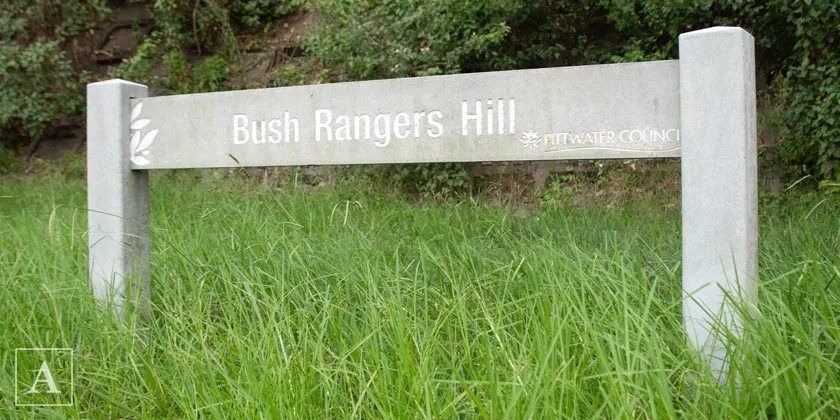Uncategorized
The History of Bushrangers in the Northern Beaches
The Northern Beaches of Sydney, known for their stunning coastal scenery and laid-back lifestyle, also hold a rich and turbulent history linked to the infamous bushrangers of the 19th century. These outlaws, often romanticized in Australian folklore, utilized the rugged landscape of the peninsula to evade authorities, leading to dramatic tales of pursuit, hiding, and escape.
The Rise of Bushranging
Bushranging emerged in Australia during the early colonial period as convicts and settlers turned to a life of crime, often driven by poverty or a desire for freedom. In the 1820’s the Northern Beaches was just becoming settled, with its dense bushland and secluded beaches, provided an ideal hideout for these outlaws. They could navigate the thick foliage, making it difficult for law enforcement to track them.
Hiding Spots and Escape Routes
The geography of the Northern Beaches proved advantageous for bushrangers. The peninsula is characterized by its cliffs, hidden coves, and thick bush, which provided ample opportunities for concealment. Many bushrangers established camps in remote locations, where they would stash their loot and lay low until the heat died down.
One popular hideout was the area around Barrenjoey Headland, which offered dramatic cliffs and hidden beaches. From here, bushrangers could easily escape by boat, slipping into the waters of Broken Bay and making their way to safety. The natural harbors provided quick access to the open sea, enabling them to evade capture while accessing the broader maritime networks.
The Role of the Community
The local communities often played a role in bringing the bushrangers to heal. There are many stories of various bushrangers stealing clothing, food, livestock, weapons, boats and even furniture from houses from early settlers in the area. The residents were often the ones to share information with police on where the bushrangers were hiding or sightings of them around the beaches so they could be brought to justice.
As the 19th century progressed, the government intensified its efforts to suppress bushranging, deploying increased numbers of troopers and forming special police units. This relentless pressure, combined with changing social dynamics, eventually led to the decline of bushranging as a viable means of rebellion.

Image: Bowan Bunagree, source: Pittwateronline
Bowen Bungaree was an indigenous man employed by the local police as a tracker. He was very good at his job and tracked down many bushrangers, escaped assigned servants (convicts) and illegal distilleries around the Northern Beaches. His skill made him a marked man and his life came to an end in 1853 when a bushranger took his revenge and shot him dead in the now named Bushrangers Hill in Newport.

Image: Bushrangers Hill, Newport, source: Northern Beaches Advocate
Legacy and Memory
Today, the legacy of bushrangers in the Northern Beaches is remembered through local folklore and historical accounts. While the romanticized image of the bushranger as a rugged outlaw has persisted, the reality was often much harsher. Many bushrangers met violent ends, while others faced the grim realities of imprisonment or death.
The history of bushrangers in the Northern Beaches paints a vivid picture of resilience, adventure, and the complex interplay between law and rebellion in Australia’s early colonial days. The rugged beauty of the landscape, once a refuge for outlaws, now serves as a reminder of the rich tapestry of stories that have shaped this remarkable region.
References:
May 2011: Men of Note – Bowne Bungaree History
https://www.pittwateronlinenews.com/bowen-bungaree-history.php
Newport Hill Controversy – Northern Beaches Advocate
A History of Aboriginal Sydney
https://www.historyofaboriginalsydney.edu.au/north-coastal/bowens-death
Bushrangers at Pittwater
https://www.pittwateronlinenews.com/bushrangers-at-pittwater-by-shelagh-champion.php


